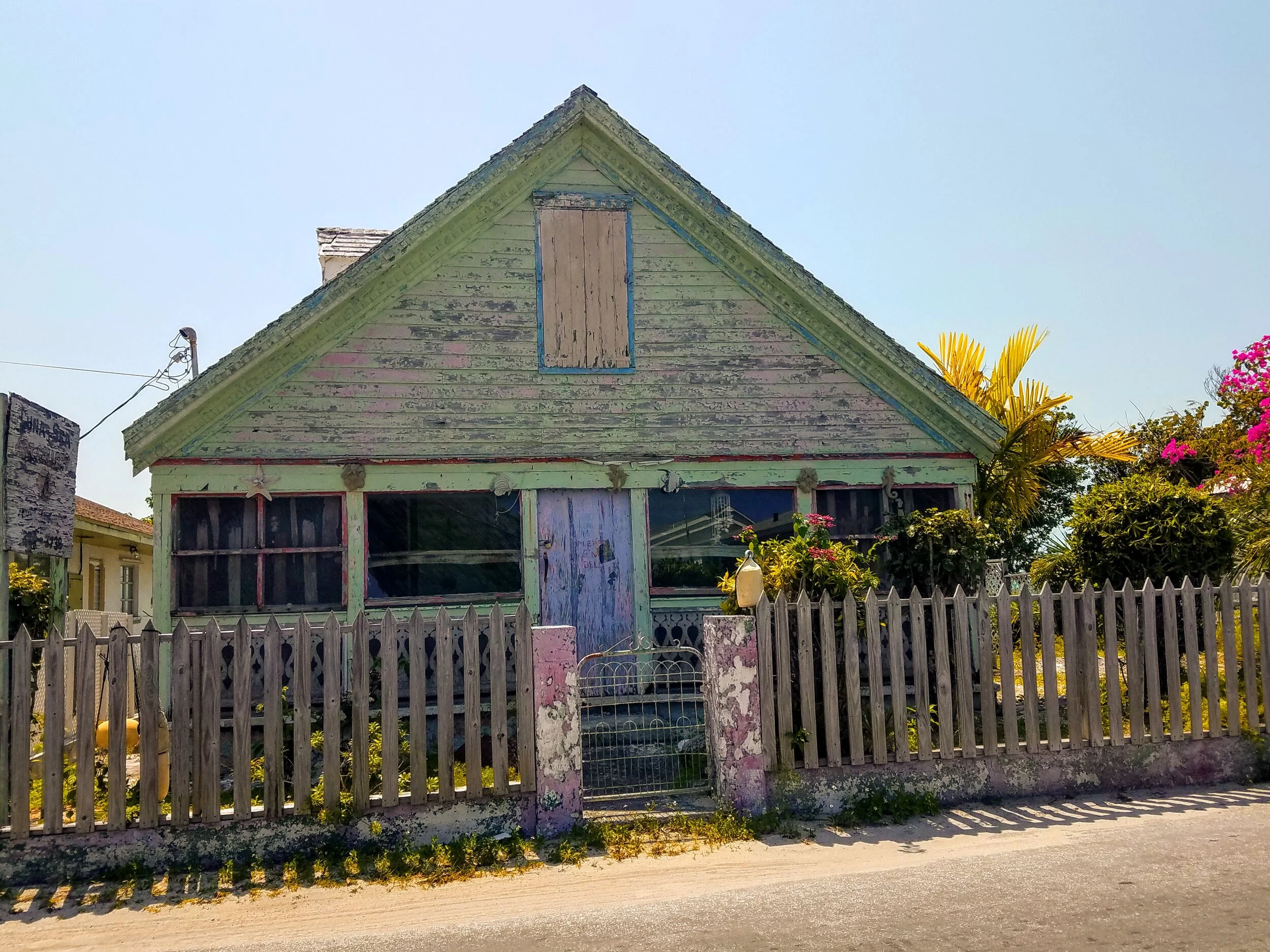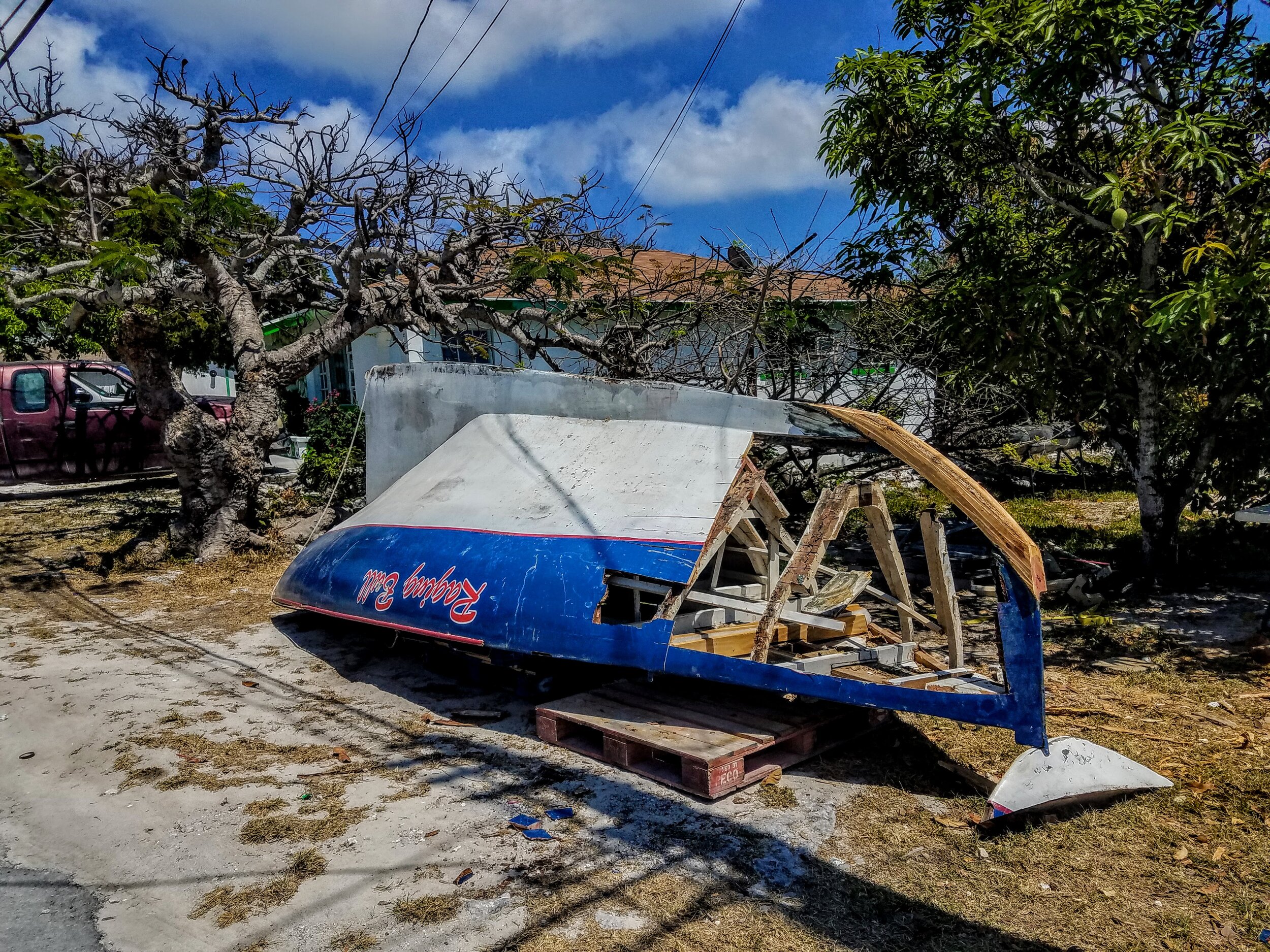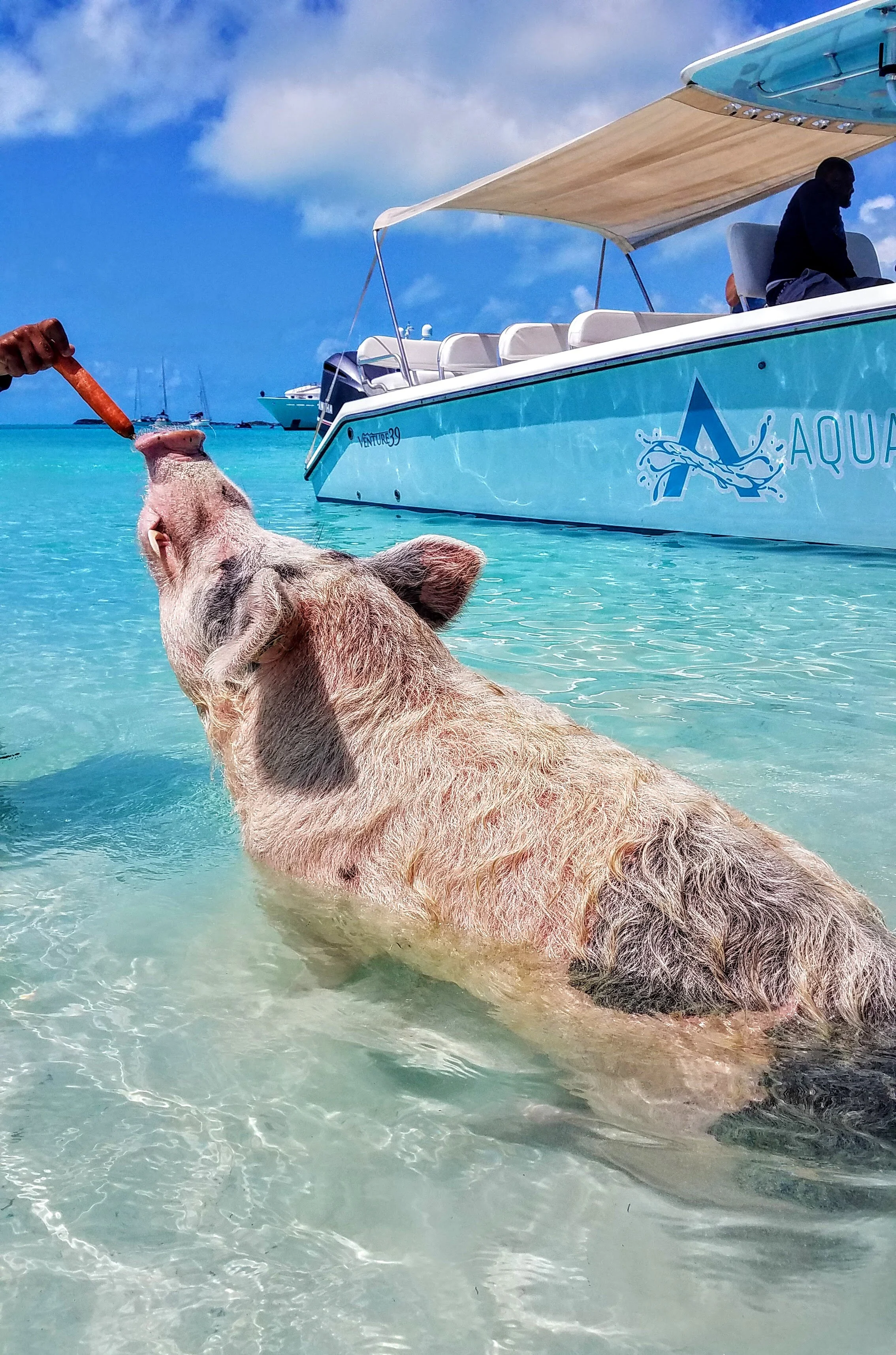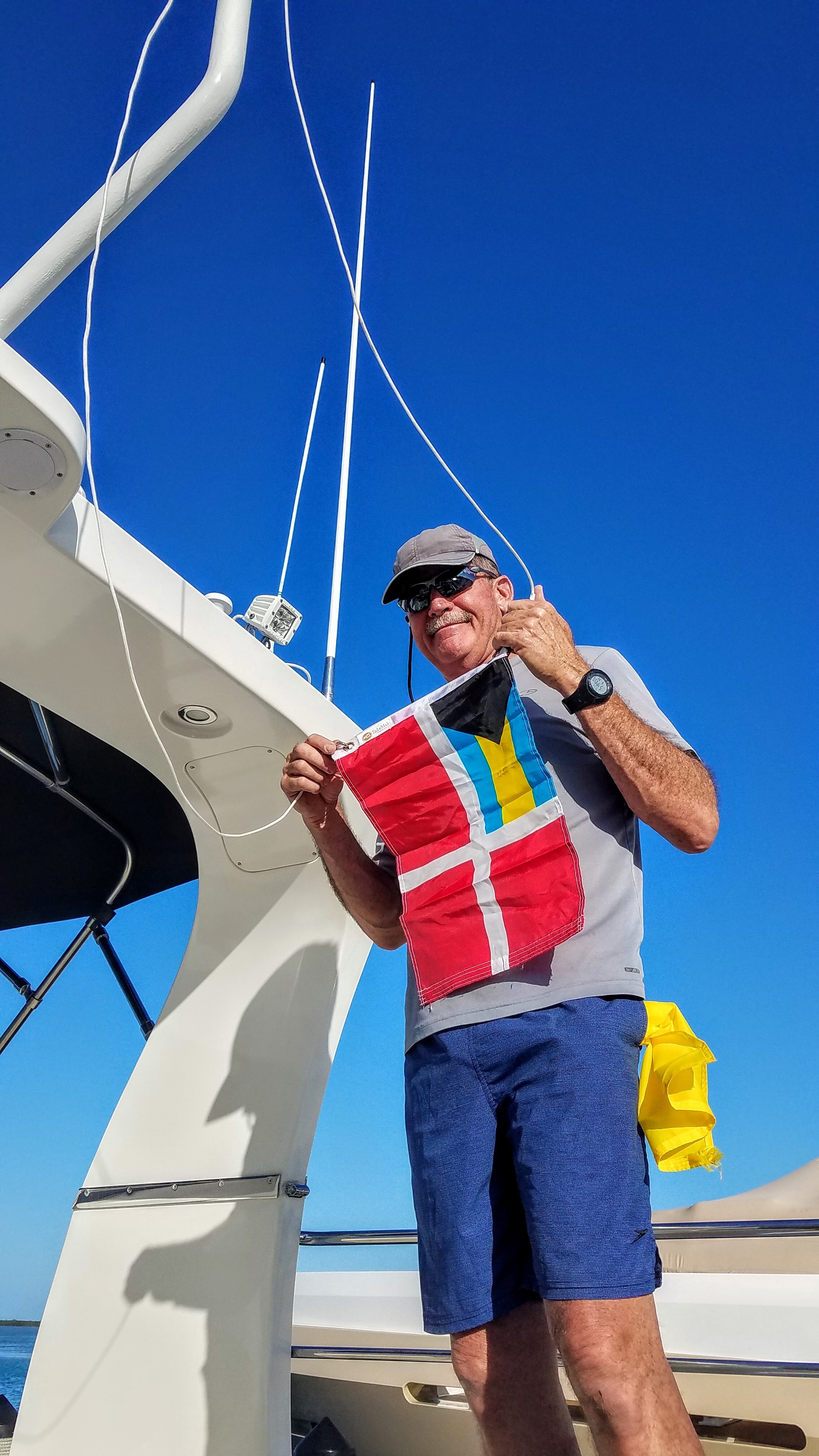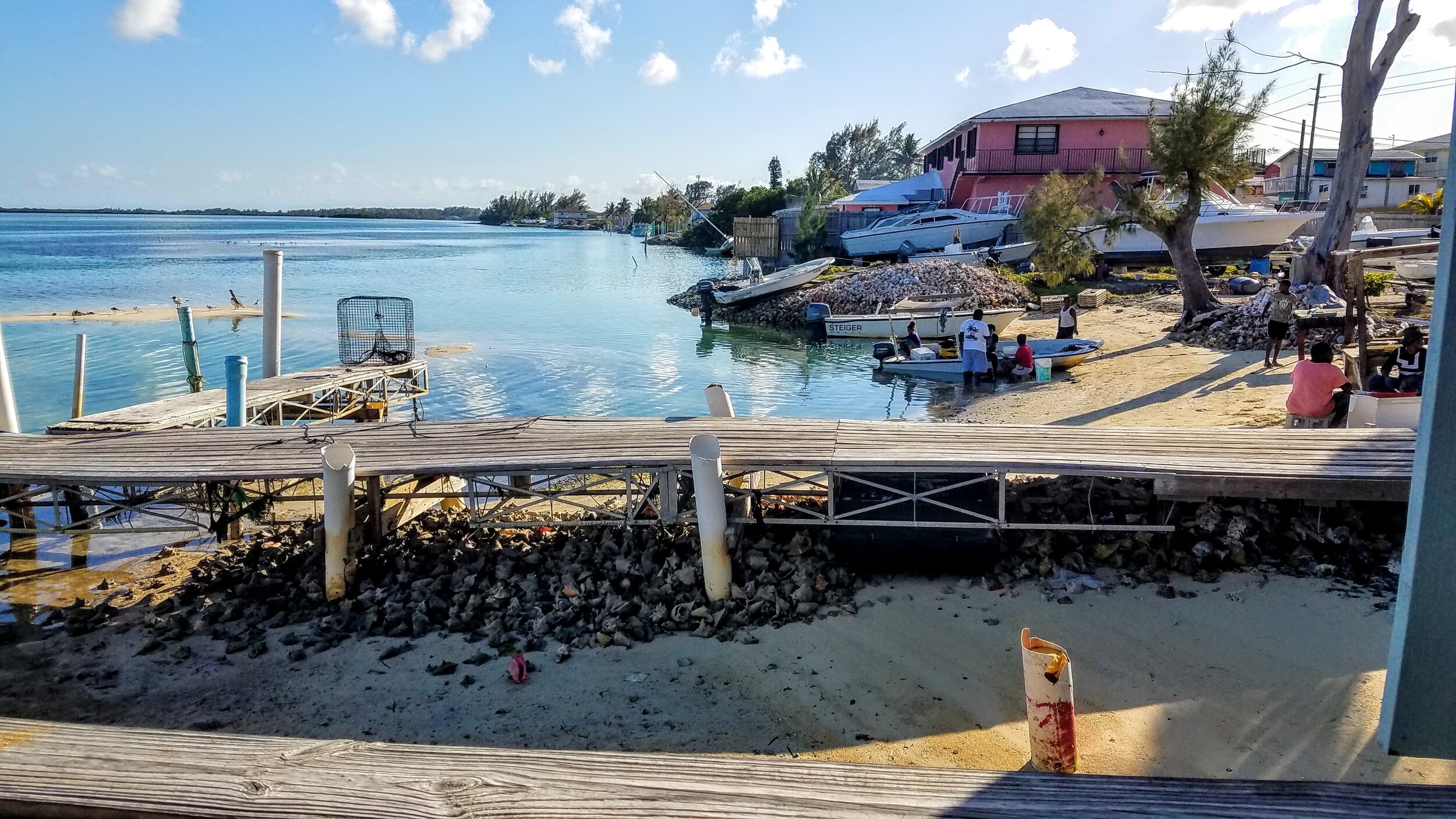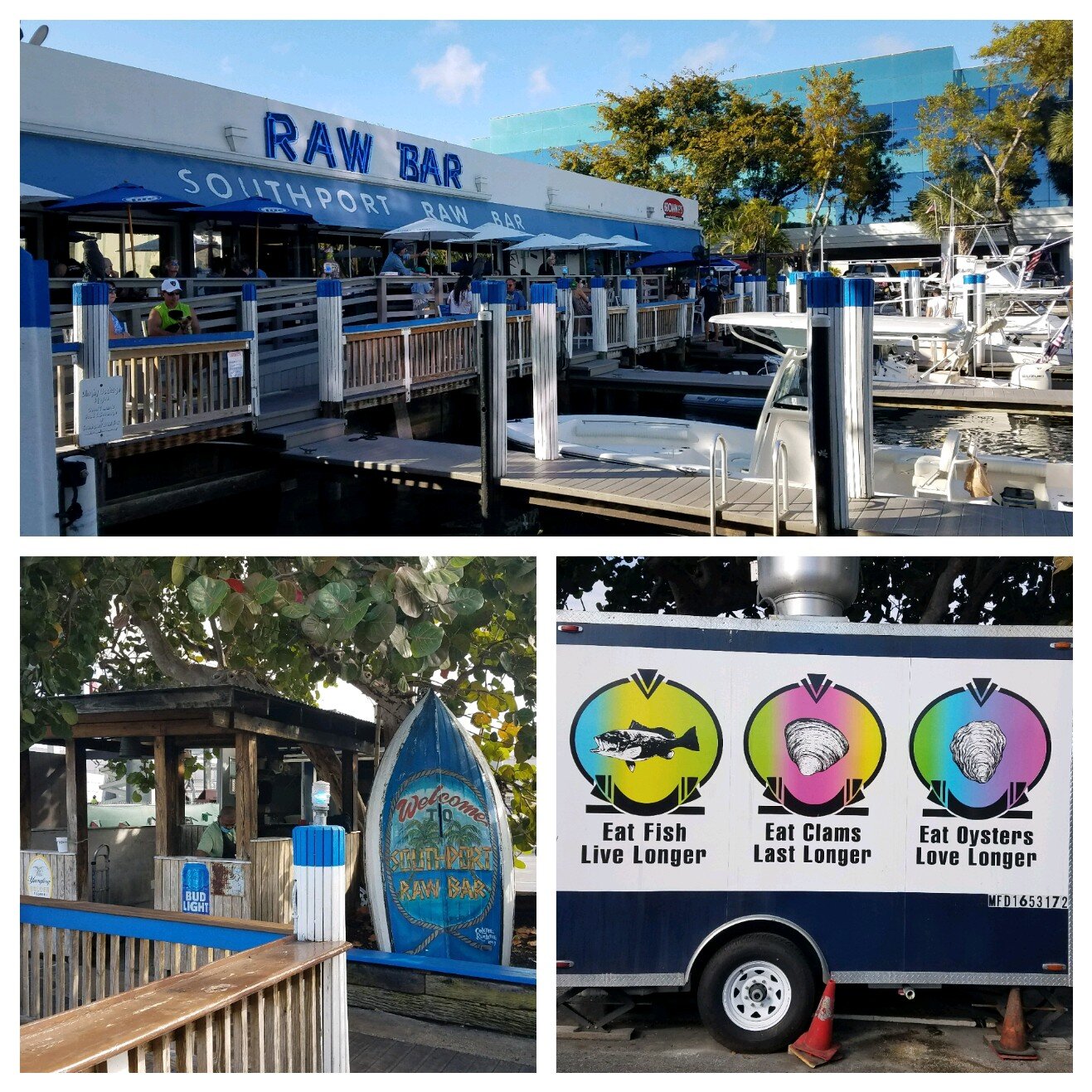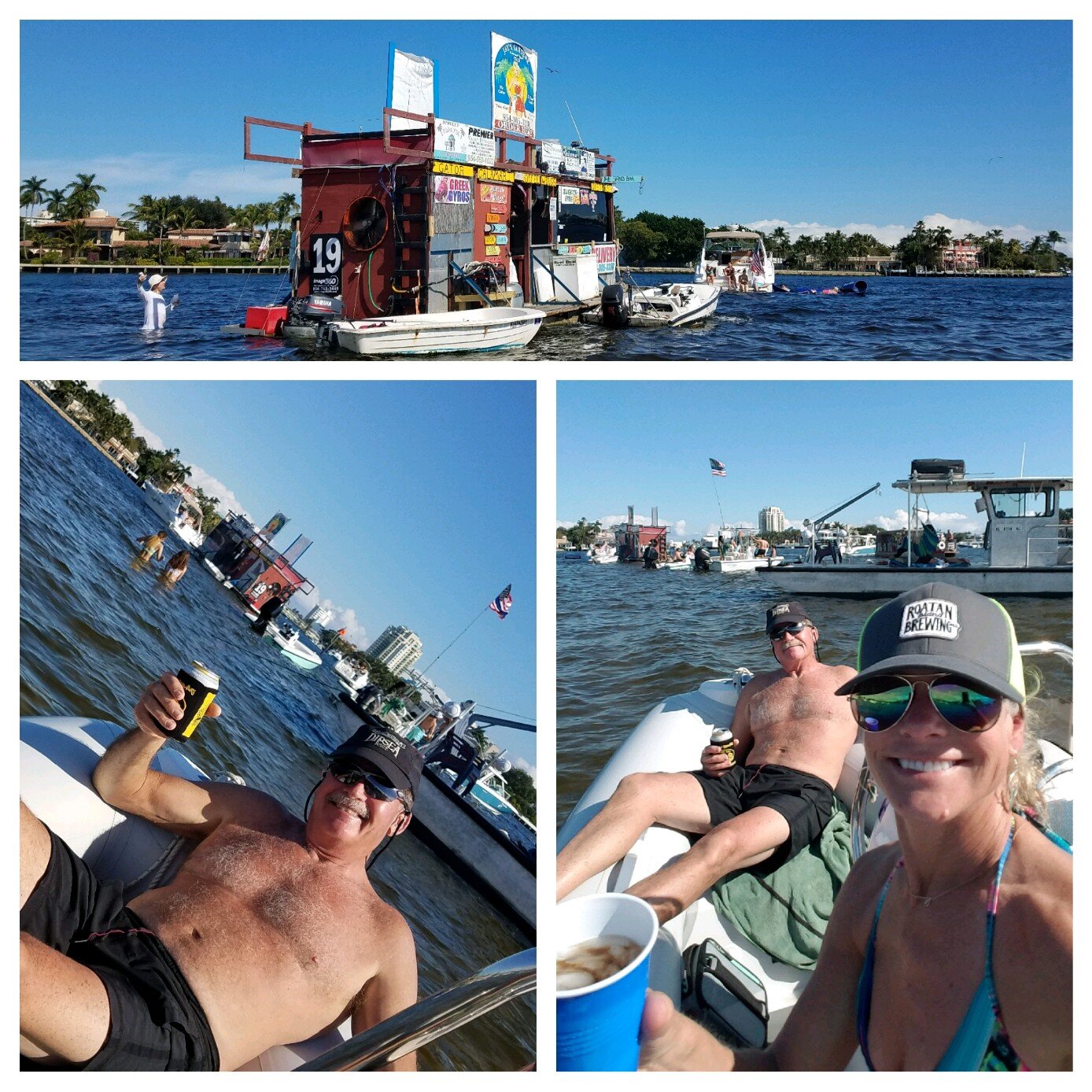By Larry McCullough
Having grown up in California the question you hear is a bit different, “Whatcha’ burning Dude?”. In the boating world, as opposed to California, it is referring to how much fuel do you burn when cruising.
A couple of days ago while here in Fort Lauderdale a 55 foot Nordhavn pulled into the marina next to us. We invited the owner, who just took possession of the previously owned boat, and his captain over for a drink. The owner was doing a shakedown cruise with a paid captain to go over systems and practice the handling of the boat, just as we had done.
We got to talking about fuel burn and I must say the conversation was enlightening. What surprised me was that at Displacement Speed our boats burn a similar amount of fuel (I thought my larger engines would result in much higher consumption).
What is displacement speed you ask? Displacement speed is determined by obtaining the square root of the boat at the water line, multiplied by 1.34. Independence is 51 feet at the water line, with a square root of 7.14, multiply by 1.34 equals a displacement speed of 9.5 knots (about 10.9 Statute MPH). A term that people like to use is where is the sweat spot,, which would be that speed where you are achieving an efficient speed without pushing up the fuel burn disproportionately. This number is less than the displacement speed, about 10% less. For Independence I have found that spot at just under 9 knots, around 8.7 knots.
I have had many hours at the helm figuring these numbers out, keeps the mind active, in many different situations. Probably the most accurate calculation was when we were on the Great Lakes on a windless day with very calm water. No tides or currents to deal with but the boat was in fresh water, not salt, which I would assume could be another factor. At 8.7 knots I was burning 8.7 gallons per hour, or 1 gallon per 10 statute miles. At 9 knots we were burning 10 gallons. So to go just 3.4% faster we were burning 11% more fuel!
Displacement vs Semi-Displacement: Independence is a semi-displacement boat, which means that if you give it more fuel, and have the Horse Power, the boat will partially rise out of the water and achieve a greater speed beyond 9.5 knots. A boat with a displacement hull can not go faster than it’s displacement speed, no matter the amount of horse power or fuel fed to the engines. If you were to look at the hulls of a semi displacement boat compared to a displacement boat you would notice that near the bow they are very similar, but as you go aft the semi starts to flatten out, giving it the lift.
The lift comes at a price (remember from a prior post I am parasomnias), a pretty steep price. We have had Independence up to 22 knots, the fuel burn, 75 gallons an hour! Below is a chart that I received from Nordhavn when I was doing research on possibly buying Independence. As you can see from the chart, the faster you go the MPG drops dramatically.








































